A 101-day tour of Korean history without a map
Original price was: $18.00.$14.00Current price is: $14.00.
Area: Korean History
Age: All elementary school grades
Composition: half-covered book | Page 223 | 257*188mm
Shipping: Free shipping within the U.S. for two or more books
Available on backorder
Description
We are taking a new and three-dimensional look at our history from different angles.
We are asking the question of whether what we know is true from a different perspective. For example, we are asking questions such as whether Baekje was really a small country, why even pro-Japanese scholars underestimated Baekje after liberation, and whether the debauched life of the last King Uija was the cause of Baekje's fall.
The meaning of history is explained by dividing it into four groups rather than chronological order.
It is not simply a chronological listing of history according to the flow of time, but is divided into four meanings. ‘The story of the people who founded the country and its name’ is about the founding of the country and its founding rulers, ‘Korean history viewed with curiosity’ covers content that may be curious, and ‘Events that changed the flow of history’ has a great impact in many ways. The events that took place were explained, and 'Reform and Revolution, and Rebellion and War' deals with the story of rough conflicts in history.
It covers from Dangun to Goguryeo, Baekje, Silla, Balhae, Goryeo, Joseon, and the Japanese colonial period.
It makes it easy to think about the history from the beginning of our people to the Korean War in 1950 in a single volume. It will be an opportunity to fill in and think about our history while looking at it from a larger perspective.
Chapter 1 - The story of the people who founded the country and its name
Day 1.2_ What do the bears and tigers in the myth of Dangun symbolize?
Day 3_ Origin of Mahan, Jinhan, Byeonhan
Day 4.5_ Story of Gaya (Garakguk) established by King Suro
Day 6.7_ What does the country ‘Goguryeo’ founded by Jumong mean?
Day 8_ Why did Onjo change the name of the country from ‘Sipje’ to ‘Baekje’?
Day 9_ Biryu Baekje, who dominated the Shandong Peninsula and Liaoxi region of China
Day 10.11_ What is the meaning of Seorabeol and Silla?
Day 12.13_ Why did Dae Jo-yeong call the country ‘Balhae’?
Day 14.15_ Was Gung Ye, who founded Later Goguryeo, really a tyrant?
Day 16.17_ Why did Wang Geon choose the name of the country ‘Goryeo’?
Day 18.19_ Why did Lee Seong-gye choose the name ‘Joseon’?
Day 20.21_ Why did Gojong change the name of the country to ‘Daehan Empire’?
Day 22_ Why are the names of the kings of Joseon divided into ‘Jo’ and ‘Jong’?
Day 23_ Why was the provisional government of the Republic of Korea established in Shanghai, China?
Chapter 2 - Korean history viewed with curiosity
Day 24.25_ Why were comb patterns drawn on earthenware?
Day 26_ Why were pictures of animals carved into rocks?
Day 27.28_ Is the story of Princess Nakrang and Prince Hodong true or a tale?
Day 29.30_ Was Ondal really such a fool?
Day 31.32_ Why did Goguryeo people paint murals on tombs?
Day 33.34_ Was there a need for interpretation between Goguryeo, Baekje, and Silla?
Day 35.36_ The reason why Hwarang was treated as the head of the boys in Silla
Day 37.38_ Why did only Silla have a queen?
Day 39.40_ Did King Uija of Baekje really have 3 court ladies?
Day 41_ Why did Koryo people like drinking tea?
Day 42.43_ Why did Goryeo force commoners to use surnames?
Day 44_ Why did the king have multiple wives besides the queen?
Day 45_ How were the eight islands named?
Day 46_ Since when and why did we discriminate between men and women?
Day 47_ Why was landscape painting so popular during the Joseon Dynasty?
Day 48_ Did people in the Joseon Dynasty also go on school trips?
Day 49_ Why do we call coins ‘Yeopjeon’?
Day 50_ Why did Kim Hong-do and Shin Yun-bok paint genre paintings when they were ignored?
Day 51.52_ Why is the folk song Arirang slightly different in each region?
Chapter 3 - Events that changed the course of history
Day 53.54_ Why did King Jangsu of Goguryeo move the capital to Pyongyang?
Day 55.56_ What does the white blood gushing out of Lee Cha-don’s neck symbolize?
Day 57_ Why was Jang Bogo, who controlled the sea, assassinated?
Day 58.59_ What are the good fortunes and misfortunes brought about by the implementation of the past system?
Day 60_ Since when did I start sleeping with a warm cotton blanket?
Day 61.62_ Why did King Sejong create Hangul?
Day 63.64_ Why is <Donguibogam> written during the Joseon Dynasty still highly regarded?
Day 65_ How did Ahn Yong-bok protect Dokdo, which was uninhabited?
Day 66.67_ Why were genealogies bought and sold in the 18th century?
Day 68.69_ Is the shape of the Korean Peninsula a rabbit or a tiger?
Day 70.71_ Why did Heungseon Daewongun not accept Western civilization?
Day 72.73_ Why conservative Koreans quickly accepted Christianity
Day 74.75_ The reason why Japan disputed warships in Ganghwa Island in 1876
Day 76.77_ Why did Japan assassinate Empress Myeongseong?
Day 78.79_ The reason why portraits of the head of the family were hung in every house because of the words saved.
Day 80.81_ Why it should be called the ‘Eulsa Treaty’ and not the ‘Eulsa Treaty’
Day 82.83_ Why did pro-Japanese factions gain power even after liberation?
Chapter 4 - Reform and Revolution, and Rebellion and War
Day 84.85_ Geonmu's Battle of Paegang and Eulji Mundeok's Battle of Salsu
Day 86.87_ Why did Myocheong, who was trusted by the king, revolt?
Day 88_ Was Shindon really a lustful monk?
Day 89.90_ Why did Bangwon Lee start the Prince's Rebellion and drive out his brothers?
Day 91_ Why did Yukshin choose death?
Day 92.93_ How did the four major societies that drew blood begin?
Day 94_ Is factional politics right or factional politics right?
Day 95_ Why is the Imjin War called the ‘Pottery War’?
Day 96_ Why did King Jeongjo build Hwaseong Fortress in Suwon?
Day 97_ Why did farmers in the late Joseon Dynasty actively participate in Donghak?
Day 98_ Why did the Gapsin Coup end in three days?
Day 99_ Why is the March 3.1st Movement highly regarded worldwide?
Day 100_ Why did Japan force Koreans to change their names to Chang?
Day 101_ Why did the Korean War stop with a ceasefire rather than an end to the war?
Product information
| Weight | 5 lbs |
|---|
You must be logged in to post a review.
You may also like ...
-
Sale!

101 days of wisdom without a map
Original price was: $18.00.$14.00Current price is: $14.00. Add to cart -
Sale!
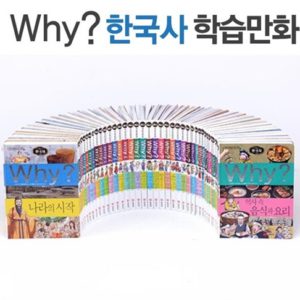
Why? Korean History Series (total 41 volumes)
Original price was: $600.00.$530.00Current price is: $530.00. Add to cart -
Sale!

101 days of travel around the world without a map
Original price was: $20.00.$15.00Current price is: $15.00. Add to cart -
Sale!
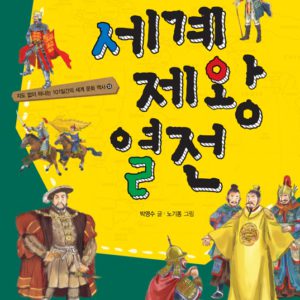
101 days of world kings without a map
Original price was: $20.00.$15.00Current price is: $15.00. Add to cart

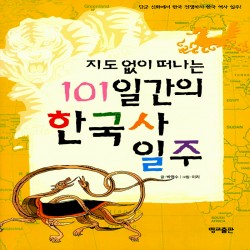
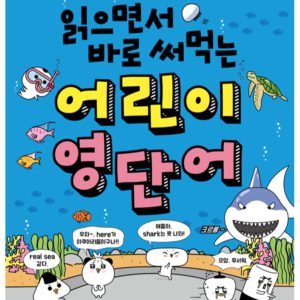
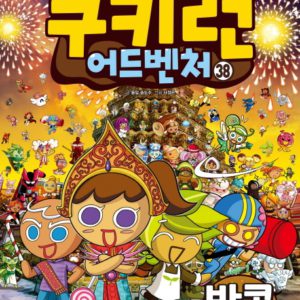

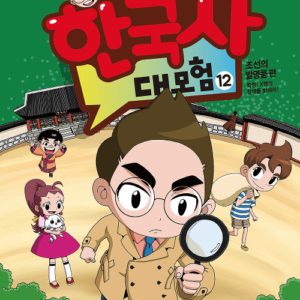
Reviews
There are no reviews yet.